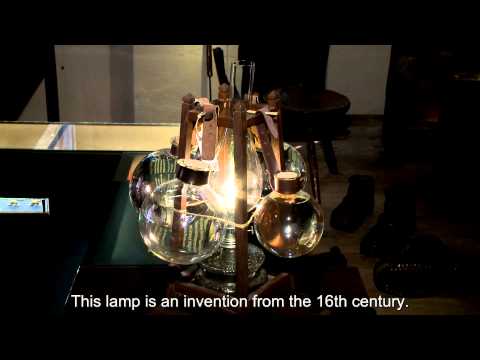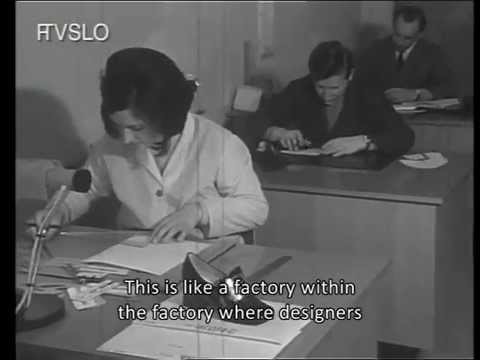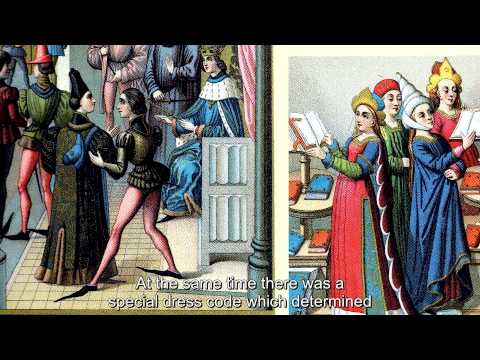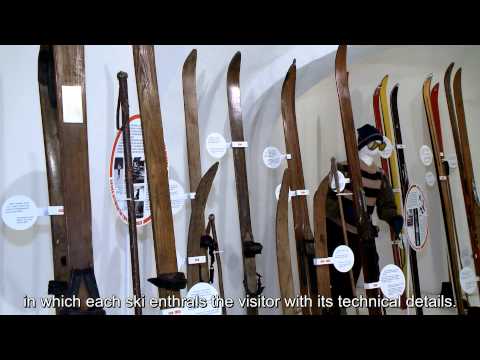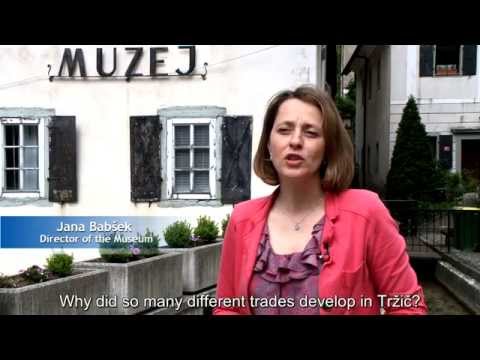Tržič Museum
History
By the end of the 19th century virtually every second house in Tržič accommodated a shoemaker's workshop, but in the 20th century the trade slowly became more industrialised, culminating in the development of Peko, in its day one of the most modern footwear factories in Europe. The museological activities began in 1952 when the local museum society stimulated collecting in the field of technical, trade, and ethnological heritage.
Permanent exhibitions
The museum collections present the entire leather-making and shoemaking processes, from the selection of the leather to the making of a shoe. On display are a range of shoemaker's tools, accessories, and machinery, plus documents and photographs relating to the footwear industry and the heritage of the shoemakers' associations (guilds, co-operatives, societies). The oldest museum objects (in a reconstructed shoemaker's workshop) date from the last quarter of the 19th century, but most of them originated in the period between the two world wars or after World War II. The permanent exhibition was renovated in 2014–2015.
A room is dedicated to the baron Julius Born and his family that came to the area in the 19th century and owned a large estate. Their legacy testifies of their influence on the local economy and industry.
Slovenian Skiing Museum
The most recent museum's collection is the the largest winter sports collection in Slovenia. It was donated in 2007 by the Guček family and opened in 2014.
Other monuments and sites
Situated nearby, close to the artificial water channels (themselves listed as a national technical monument) below Neuhaus Castle is a craftsman's cottage which was once owned by the Pollak family of Tržič. Here the museum manages a series of crafts and industry displays which introduce the town's tanners, shoemakers, wheelwrights, charcoal burners, weavers, and textile manufacturers and dyers, along with a local history collection and a geological-palaeontological collection. The latter was donated to the museum by the Association of Friends of Minerals and Fossils and features specimens of fossils from the world-famous site of Permian brachiopods, the Dovžan Canyon and the Geological Path.
The Kurnik House, named after the Kurnik family of cartwrights, was donated to the museum by the last owner, dressmaker Mici Kurnik, in 1967. By 1972 it had been renovated into a museum collection of the Tržič dwelling culture and the literary circle around Vojteh Kurnik (1826–1886), folk poet and collector of folk literature. The upper floor houses a gallery. The wooden house, with wooden fretted corridor on the upper floor, is a carpenter's masterpiece from the beginning of the 18th century and worthwhile seeing already because of this. The cultural history collections of society and literary life, school items, stylish furniture, some personal and family legacies, and the numismatic, stamp, and seal collection are partly displayed at Pollak and Kurnik houses.
The local history collection consists mainly of material from both world wars and the Mauthausen branch of the concentration camp at Ljubelj, but also of other historical aspects (archaeological material, the Ljubelj Pass road, post-war construction). Two permanent exhibitions are on display in a former frontier guardhouse at Mauthausen concentration camp under Ljubelj presenting internees, and in a reconstructed printing house above Dovžan gorge presenting the Partisan technique of Kokrica detachment.
Gallery
The museum also carries out gallery activities and manages a permanent collection of over 300 art works, depicting Tržič or by artists of Tržič origins (Milan Batista, Jože Meglič, Kamilo Legat, Vinko Ribnikar, Dušan Premrl, Ferdo Mayer). Several exhibitions yearly are on display in Pollak cottage, Kurnik house, and the Atrij Gallery of Tržič Municipality.
See also
External links
- Tržič Museum website
- Mauthausen concentration camp under Ljubelj virtual presentation
- Digital collection of shoes on the Tržič Museum website
